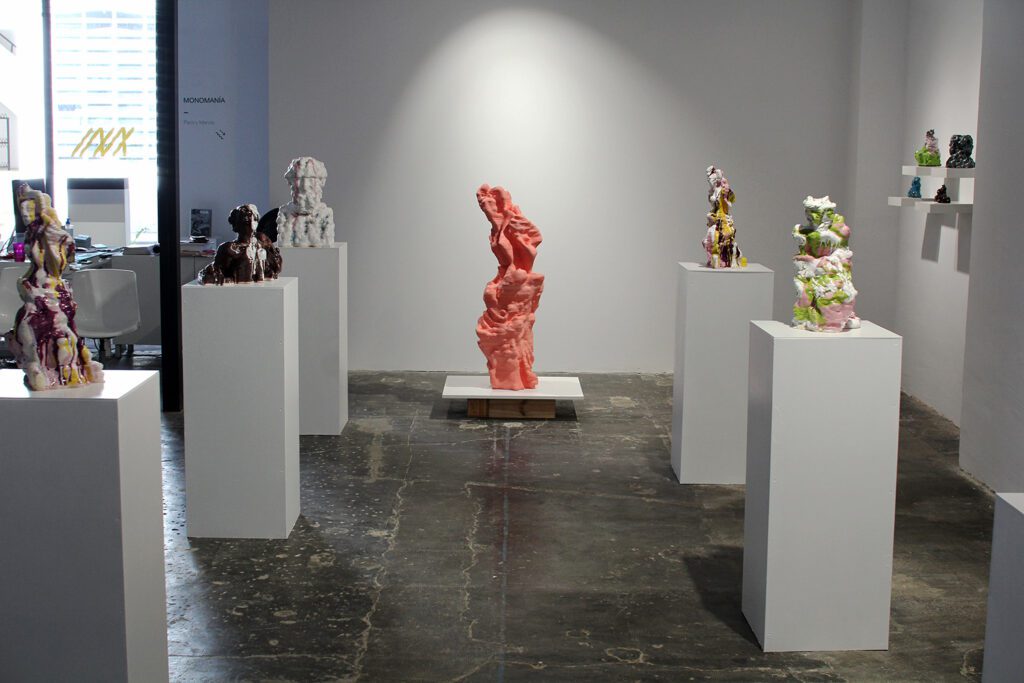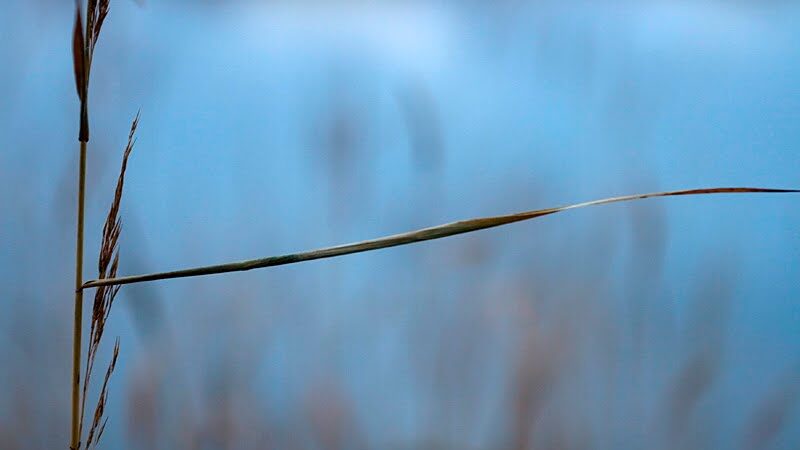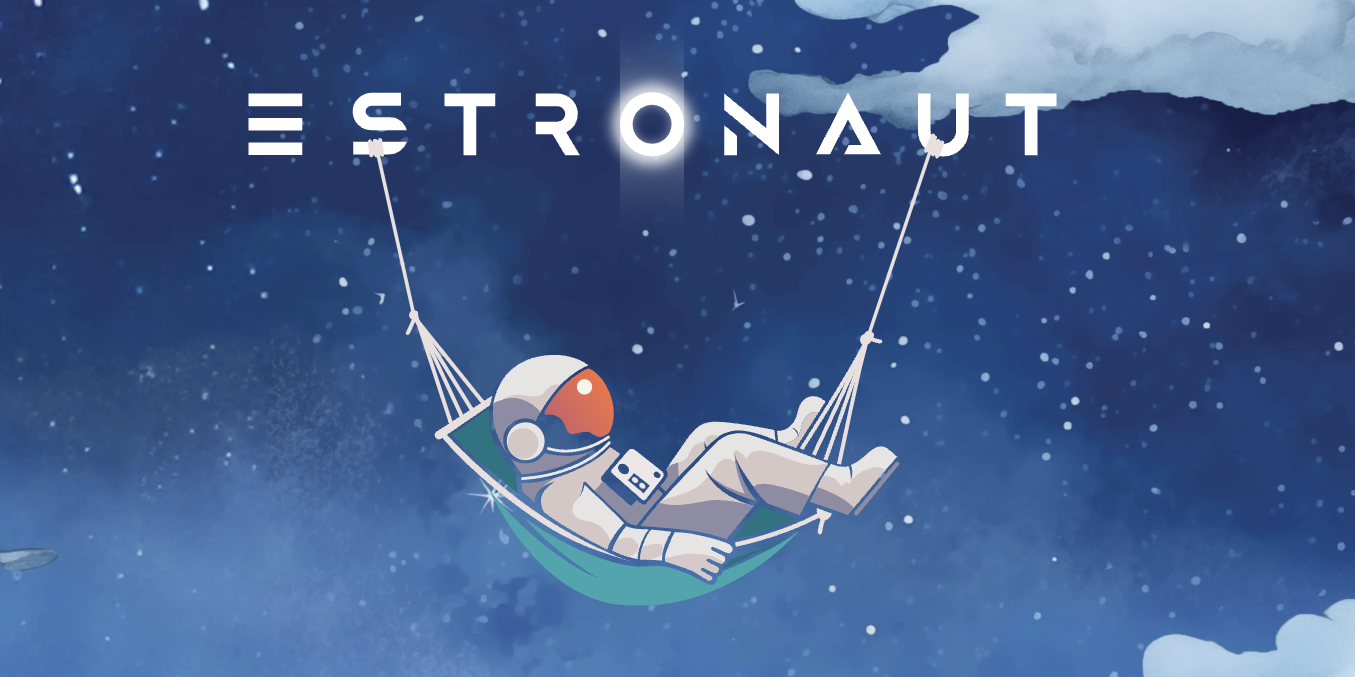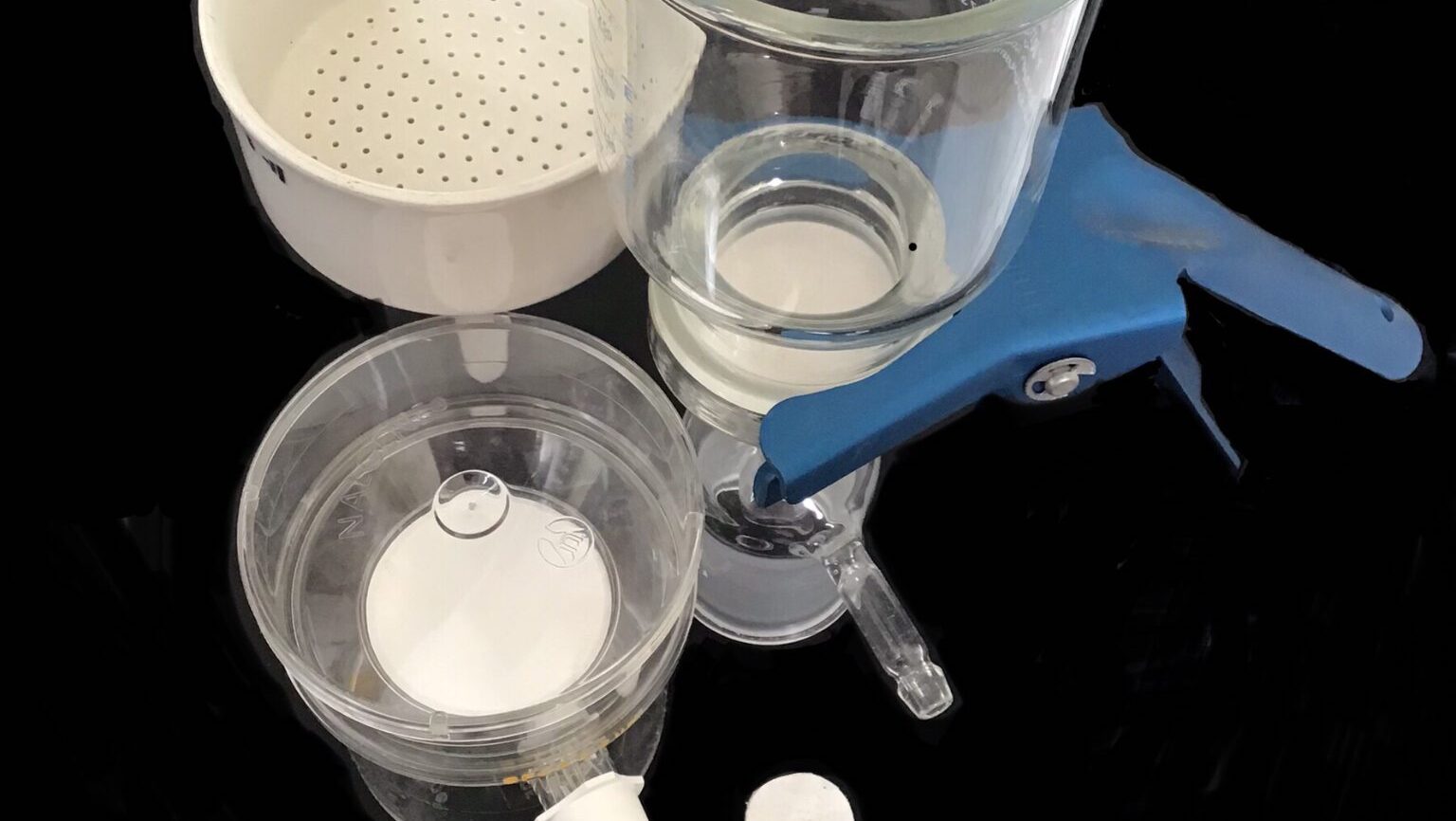From writers to scientists, many others have also conceived of the possibility of a robot capable of matching—or even surpassing—human intellect.
Though this form of superintelligence remains largely hypothetical, other forms of artificial intelligence (AI) are quickly becoming ubiquitous in contemporary society. This is especially true in the art world, which has stirred questions and concerns regarding the nature of creativity, ethics, and human agency, which are central to various artistic processes.
But before it is possible to delve into these considerations, it is first necessary to briefly outline what AI entails. Simply put, AI refers to a machine’s function to complete tasks previously restricted to humans, including the ability to exercise creativity, hence the term artificial intelligence.
While there are many complex ideas to explore in the realm of AI, Generative AI is most relevant when speaking about art. When prompted, this form of AI can generate original content (including videos, music, and images) based on patterns and structures it identifies among existing datasets.
While some artists have been using this form of AI to generate conceptual and more abstract pieces, others have used it to generate works of art in the style of artists that have passed away.
In 2014, a team of Microsoft scientists embarked on the unique mission to create an image indistinguishable in style from the original seventeenth-century works of Dutch painter Rembrandt van Rijn. After feeding 150 GB worth of Rembrandt’s original pieces to an AI, the model, in collaboration with facial recognition technology, identified patterns in the painter’s usage of colour, brushstrokes, and composition, and perhaps most importantly, his shading, a feature for which he is most famous. From that, it was able to generate an entirely new image—a portrait of a rather unassuming man—dubbed “The Next Rembrandt.”

The project sparked heated debate in the art world. Questions concerning originality and creativity were at the forefront of these discussions. Whether the team of Microsoft engineers or the AI model itself could be credited as the original artist was controversial since Rembrandt’s body of work was needed to create the final product itself. Even today, the question of authorship and copyright law remain hotly debated topics in the convergence of AI and art.
This leads us to other possible pitfalls in using AI to create art. If AI can so easily replicate the work of a master painter, who is to say that the technology will not supersede the need for human touch at all? Stemming from the absence of human input comes the critique that art derived from an algorithm is relatively devoid of meaning and lacks a degree of the emotional labour required to bring depth and substance to a work.
Various ethical concerns also arise when speaking of using AI to create art. An AI model will only reproduce unbiased content insofar that it is fed unbiased data from which to learn. Humans carry a degree of inherent bias. AI models are therefore likely to reproduce artwork that reinforces these biases or stereotypes—whether social, political, or economic—to some degree. Say, for instance, that an AI model is fed with art that only depicts a particular gender or race; the art it generates will be representative of only those attributes. It is important, therefore, to exercise caution when creating and consuming AI-generated art.
Despite these concerns, the emergence of AI as a creative tool has paved an entirely new avenue for how art is created and consumed. Working with the Spanish artist Var Canet, Estonian-born artist Varvara Guljajeva often combines digital technologies (including AI) and more traditional art forms (such as sculpture and performance art) to produce works that fuse the known and the unknown. Rather than framing AI as a mechanism that stifles human agency in the artistic process, Guljajeva demonstrates that collaborating with a tool as new and experimental as AI enhances the potential for human creativity as artists begin to define what the art form should look like—especially when it is used in conjunction with physical material and space.
Take, for example, her work done in collaboration with Canet titled “Psychedelic Forms.” Completed in 2022, the 3D-printed ceramic sculptures were glazed by hand and co-created with an AI model.

According to the artist duo, “Psychedelic refers to unexpected or unexplored imagination that the human eye has not seen before. Although the original input was well-known ancient sculptures, like Venus, the AI model was capable of stylizing the mesh with the inputted text prompt in such a way that the new form was hardly recognizable.”
Far from being devoid of meaning, these sculptures represent AI’s ability to redefine, or at least call into question, what creativity means. If the term entails a transformation of the status quo to some degree—to do what has not been done before—then the AI’s ability to reproduce well-known figures in unfamiliar ways represents a step in this direction. However, whether these outputs were genuinely random and creative is questionable. What remains true is the fact that AI can enhance an artist’s creativity by providing new avenues of experimentation. The possibilities are endless.
The duo’s 2020 work, “Postcard Landscapes From Lanzarote I, II,” comprises two eighteen-minute videos, also bringing to attention how AI enhances—rather than stifles—artist creativity. The pair gathered images of the Spanish Island Lanzarote posted on Flickr and divided them into two categories: landscapes and tourism. Using an AI algorithm known as StyleGan2, Guljajeva and Canet fused the two sets to create new, highly abstract images of the island’s geography that are meant to bring to attention the effect that tourism has on the formation of local identities and foreign conceptions of the island.
The duo’s innovation lies in their ability to use AI as a creative tool—a stepping stone or catalyst to reaching the end product—rather than using it as the end product itself. They go beyond simply providing a prompt and receiving an output; the fusion of pre-existing source material to create entirely new images that encourage reflections on social issues (including critical tourism) indicates how the art world is changing. Some are adamant that AI is incapable of producing meaningful work. Yet through this artwork, Guljajeva and Canet have proved otherwise: AI can create works rich with substance, so long as it is used in conjunction with human agency and creativity. Thought of in this light, AI is just another tool in the toolbox, a new skill to be learned.
Be sure to check out more work from Varvara & Mar on their website here!
This article was written by Natalie Jenkins as part of the Local Journalism Initiative.




